Disclosure: This article contains affiliate links. We may earn a commission from purchases at no extra cost to you, which helps our travel content.
The morning light in Toulouse possesses a quality I've encountered nowhere else—it bathes the pink terracotta buildings in a glow that transforms the entire city into a living canvas. Perhaps this is why artists have been drawn to La Ville Rose for centuries. Having spent three extended stays here over the past decade, most recently a two-month sojourn last spring while researching medieval religious iconography, I've developed an intimate relationship with this often-overlooked French cultural treasure. Toulouse exists in the shadow of Paris's grandeur and Provence's romantic allure, yet for the discerning cultural traveler, this southwestern gem offers something increasingly rare: authentic immersion without overwhelming crowds. As I sipped my morning café crème at a corner bistro near Place du Capitole yesterday, watching the city awaken, I resolved to finally share my personal map to the soul of this remarkable place—the hidden sanctuaries, artistic revelations, and cultural rituals that have made Toulouse feel like a second home.
Beyond the Capitole: Finding Toulouse's True Heart
While most visitors dutifully photograph the magnificent Capitole building—and indeed, its ornate chambers merit your attention—Toulouse reveals itself most honestly in the winding streets radiating outward from this ceremonial center. I recommend beginning your cultural pilgrimage early, as I did on my first full day last April, when the morning mist still clung to the Garonne River.
Make your way to Rue du Taur, following its medieval passage toward the imposing Basilique Saint-Sernin. This UNESCO-protected Romanesque masterpiece dates to the 11th century and stands as one of the most magnificent pilgrimage churches along the Santiago de Compostela route. What moved me most wasn't just its architectural grandeur, but the way light filters through the ancient windows, creating the same luminous effect that would have inspired medieval pilgrims.
Rather than simply passing through, I suggest sitting quietly in the ambulatory near the eastern chapels around 9:30 am when sunlight streams through the clerestory windows. Bring along a small travel sketchbook as I do—even simple sketching heightens your perception of architectural details often missed by the casual observer.
From Saint-Sernin, continue your morning with a stroll down Rue des Arts, where contemporary galleries have breathed new life into historic buildings. Galerie Exprmntl particularly moved me with its focus on regional artists interpreting traditional Occitan cultural motifs through contemporary media. The gallery owner, Marielle, if you're fortunate enough to find her there, possesses encyclopedic knowledge of Toulouse's artistic evolution across centuries.
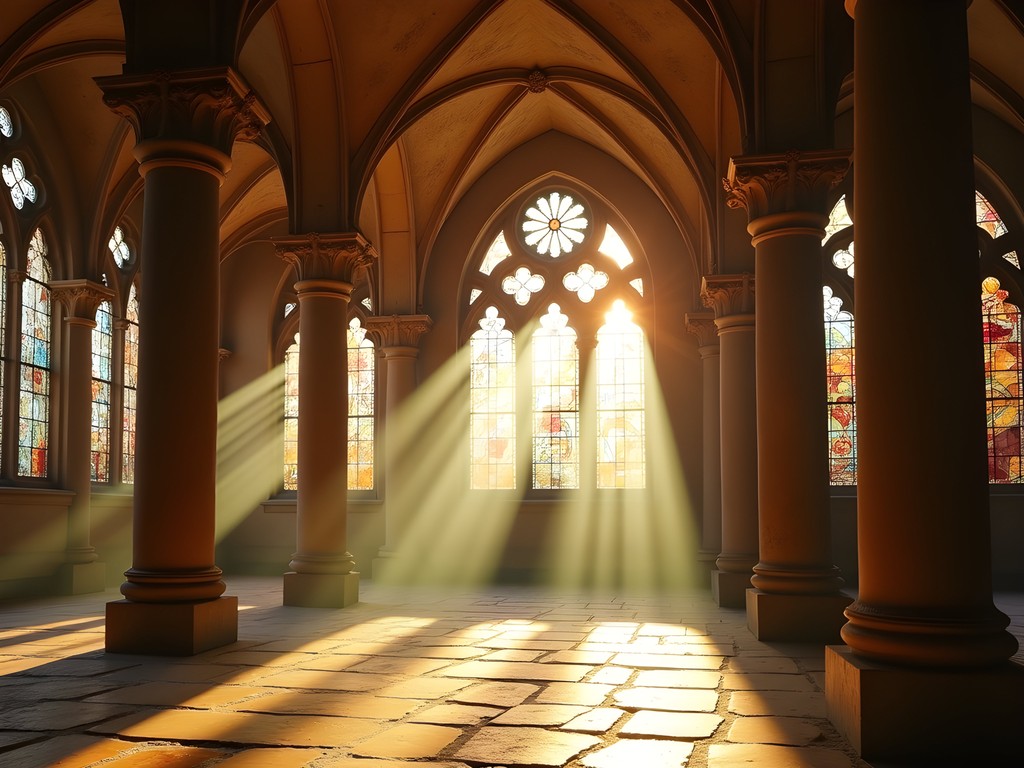
💡 Pro Tips
- Visit Basilique Saint-Sernin before 10am to experience the morning light and avoid tour groups
- Carry a small sketchbook to record architectural details that catch your eye
- Ask gallery owners about upcoming vernissages (exhibition openings), which often feature local wines and insightful artist talks
Couvent des Jacobins: A Masterclass in Light and Spirit
Of all Toulouse's sacred spaces, the Couvent des Jacobins holds a particular place in my heart. On my second visit to the city, I spent nearly a week studying its extraordinary palm tree vault—where stone columns branch upward like a palm tree's fronds in an architectural feat that still leaves engineers marveling. The convent exemplifies the Southern Gothic style with its harmonious proportions and the ethereal quality of light that suffuses the space.
What most visitors miss, however, is the small cloister garden adjacent to the main church. I discovered it quite by accident during an afternoon cloudburst that sent me seeking shelter. The rain-washed cloister with its geometric garden creates a contemplative microclimate that invites the kind of deep reflection increasingly absent in our hurried tourist experiences.
I recommend visiting mid-afternoon when the main church has emptied of tour groups. Bring along a good portable travel chair to sit comfortably in the cloister garden—I've spent hours there with my journal, sketching the play of shadows across the ancient stonework as the afternoon progresses.
The convent also houses the relics of Thomas Aquinas, and regardless of one's religious convictions, there's something profoundly moving about sitting in the presence of remains that have been venerated for centuries. It connects us to an unbroken chain of human contemplation that transcends our brief moment in time—a reminder I find increasingly valuable in our digital age of perpetual distraction.

💡 Pro Tips
- Visit between 2-4pm on weekdays for the most tranquil experience
- Look up at the palm tree vault from different positions to appreciate its mathematical precision
- Bring a light sweater even on warm days—the stone interior remains cool
The Hidden Ateliers of Saint-Cyprien
Cross the Pont Neuf to the left bank of the Garonne, and you'll enter Saint-Cyprien—a neighborhood where Toulouse's artistic heart beats most authentically. Far from the polished tourism of the city center, this formerly working-class district has undergone a cultural renaissance without surrendering its soul to gentrification.
During my extended stay last spring, I discovered the network of artist ateliers tucked into former industrial spaces along Rue Réclusane and the surrounding streets. Unlike the commercial galleries of Rue des Arts, these working studios offer glimpses into artistic creation in progress. Many open their doors on the first Sunday of each month for the informal 'Dimanche aux Arts,' though a respectful knock and smile can often gain entry on other days.
The atelier that moved me most deeply belongs to Isabelle Estèbe, whose contemporary interpretations of medieval manuscript illumination techniques create a breathtaking dialogue between past and present. Her studio, with north-facing windows that bathe her work in perfect shadowless light, became a weekly pilgrimage during my stay. Watching her apply gold leaf using techniques unchanged since the 13th century while incorporating contemporary themes felt like witnessing time fold upon itself.
After exploring the ateliers, restore yourself at Café Le Rouget, a neighborhood institution where local artists gather over simple but exquisite meals. Their cassoulet, served only on Thursdays, rivals any in the region. I found my travel journal filling with insights and observations after afternoons spent here, listening to animated artistic debates conducted in a mixture of French and Occitan.
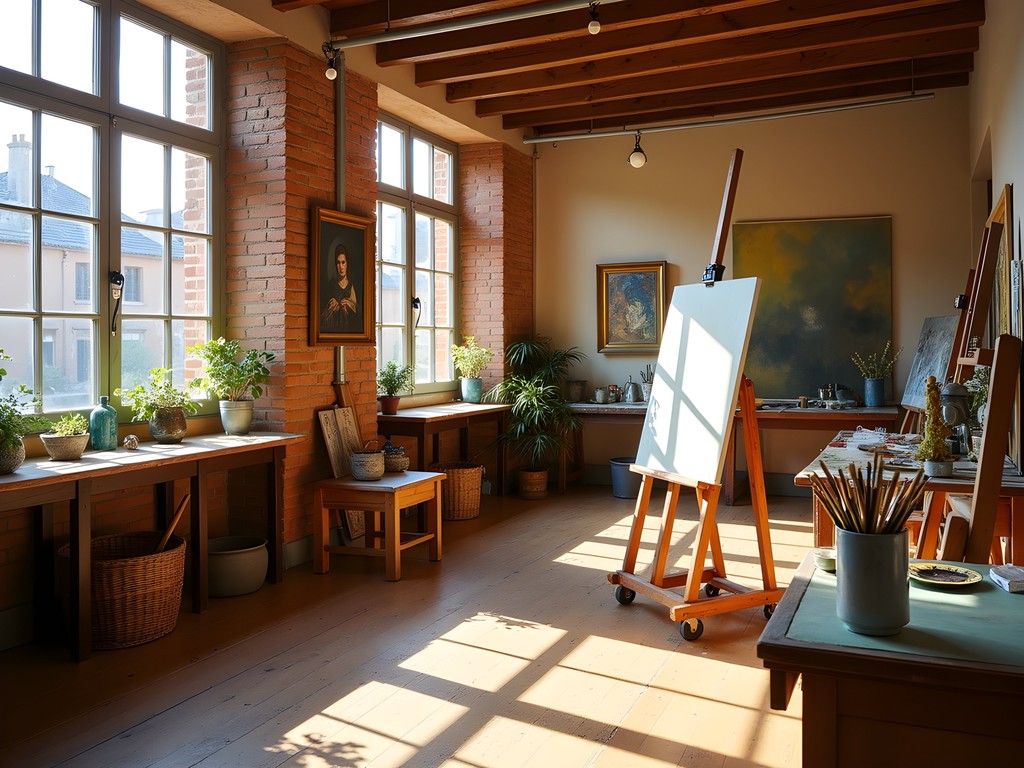
💡 Pro Tips
- Learn the phrase 'Je suis simplement curieuse de voir votre travail' (I'm simply curious to see your work) when approaching artists
- Bring cash for small art purchases—many ateliers don't accept cards
- Visit Marché Saint-Cyprien on Sunday mornings to see many local artists shopping for inspiration
Musée des Augustins: Beyond the Obvious
The Musée des Augustins deserves its reputation as Toulouse's premier fine arts museum, housed in a former Gothic monastery that itself warrants architectural study. However, most visitors follow predictable routes through its collections, missing what I consider its most transcendent offerings.
Rather than beginning with the renowned Romanesque sculpture collection on the ground floor as suggested by most guides, I recommend ascending immediately to the second floor's often-overlooked medieval panel painting collection. Having studied similar works in Florence and Siena extensively, I was astonished by the quality of these lesser-known examples of early Renaissance devotional art.
The museum's true hidden treasure, however, resides in a small, easily missed room adjacent to the Gothic cloister. Here hangs Nicolas Tournier's 'The Denial of Saint Peter'—a Caravaggesque masterpiece of chiaroscuro that stopped me in my tracks during my first visit. I've since returned to sit before it numerous times, watching how its dramatic illumination shifts subtly with changing daylight through nearby windows.
The museum cafe, set within the former cloister garden, offers a tranquil setting for reflection after viewing the collections. I've found their lavender-infused madeleines and verveine tea the perfect companions for organizing my thoughts and impressions in my travel watercolor set, which I use to capture color notes and compositional ideas from paintings that move me.
Do verify the museum's opening hours before visiting—like many French cultural institutions, it closes on Tuesdays and observes an extended lunch period that can frustrate the unprepared visitor.
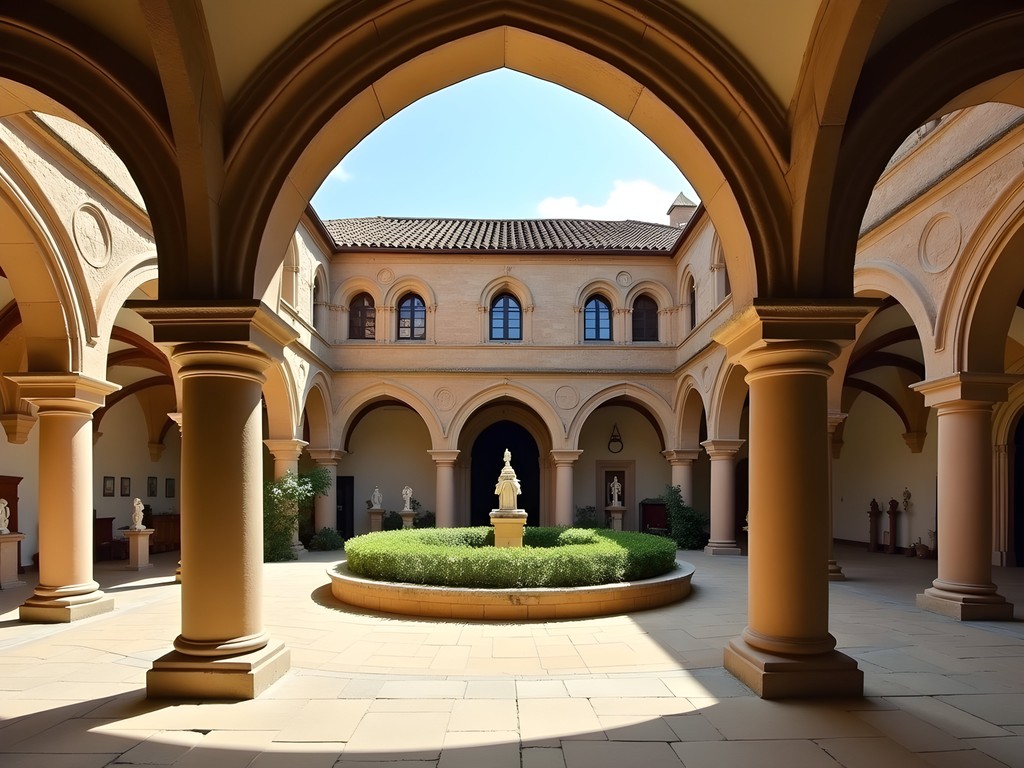
💡 Pro Tips
- Purchase the combined ticket that includes access to the special exhibition areas
- Visit on Wednesday evenings when the museum stays open late and hosts occasional chamber music performances
- Ask at the information desk about the excellent free guided thematic tours (some are offered in English during peak season)
Culinary Pilgrimages: Toulouse's Food as Cultural Heritage
To understand Toulouse's soul, one must engage with its culinary traditions—not as a mere tourist sampling local specialties, but as a participant in living cultural heritage. The markets of Toulouse offer the most direct path to this understanding. While the covered Victor Hugo Market receives deserved attention, I prefer the smaller Marché Saint-Aubin, held Sunday mornings around the church of the same name.
Here, the ritual unfolds weekly: farmers from surrounding areas arrange their seasonal offerings with a pride that borders on the ceremonial. During my spring visits, the appearance of the first white asparagus causes a palpable excitement among locals, who discuss preparation methods with the seriousness of theologians debating sacred texts.
I've developed my own culinary pilgrimage route that begins at Marché Saint-Aubin, continues to the small cheese shop Au Gascon on Rue des Filatiers (where the proprietor, Madame Fournier, still ages Roquefort in the medieval cellar below), and concludes at L'Atelier du Chocolat on Rue des Arts. Their violet-infused dark chocolate—violet being Toulouse's emblematic flower—creates a sensory connection to place that exemplifies what culinary heritage truly means.
For a deeper engagement with Toulouse's food culture, I highly recommend the cooking workshop at Le Petit Cuisinier near Place Saint-Georges. Their market-to-table class begins with selecting ingredients at a nearby market, then transforms them into traditional Occitan dishes under the guidance of Chef Laurent. I still prepare his version of cassoulet at home in Canberra, using the enameled cast iron Dutch oven I purchased specifically for this purpose after my first class with him. Each time the familiar aromas fill my kitchen, Toulouse feels momentarily present half a world away.
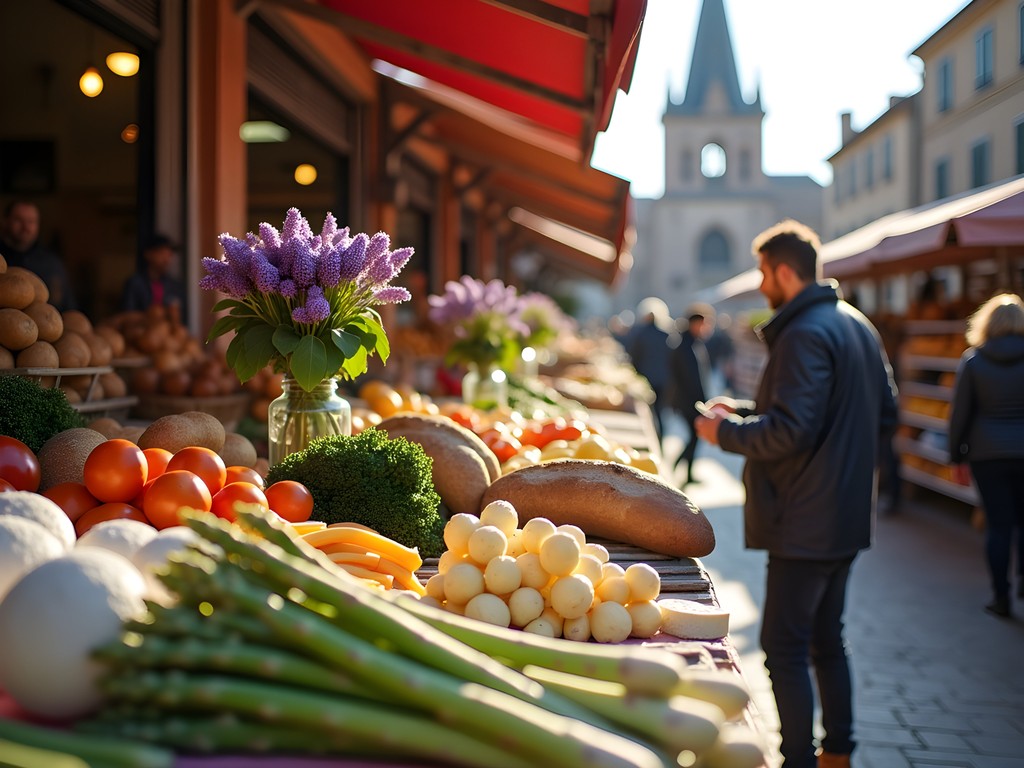
💡 Pro Tips
- Arrive at Marché Saint-Aubin before 10am on Sundays to see the best selection
- Ask vendors 'C'est de saison?' (Is this in season?) to identify the most timely local specialties
- Reserve cooking classes at Le Petit Cuisinier at least two weeks in advance
Final Thoughts
As I prepare to leave Toulouse tomorrow, returning to my adopted Australian home, I find myself already planning next spring's return. La Ville Rose doesn't reveal herself quickly or to those merely checking monuments off lists. She requires patience, curiosity, and the willingness to step away from prescribed tourist paths. The rewards for this approach are immeasurable—moments of transcendent connection to a cultural continuum stretching back millennia, yet vibrantly alive in the present. Whether you're contemplating the mathematical precision of the Jacobins' palm vault, watching an artist apply centuries-old gilding techniques to contemporary art, or simply savoring violet-infused chocolate as spring light plays across pink terracotta facades, Toulouse offers something increasingly rare: authentic cultural immersion that transforms rather than merely entertains. I invite you to experience this overlooked French masterpiece with open eyes and an unhurried spirit. La Ville Rose awaits, ready to whisper her secrets to those patient enough to listen.
✨ Key Takeaways
- Toulouse rewards slow, intentional exploration rather than rushed sightseeing
- Morning and late afternoon light creates the most magical experiences in La Ville Rose
- Cultural immersion happens through personal connections with local artists and artisans
- The lesser-known left bank neighborhoods offer authentic experiences away from tourist crowds
📋 Practical Information
Best Time to Visit
Mid-April to early June
Budget Estimate
€120-180 per day including accommodations, meals and activities
Recommended Duration
5-7 days minimum
Difficulty Level
Easy


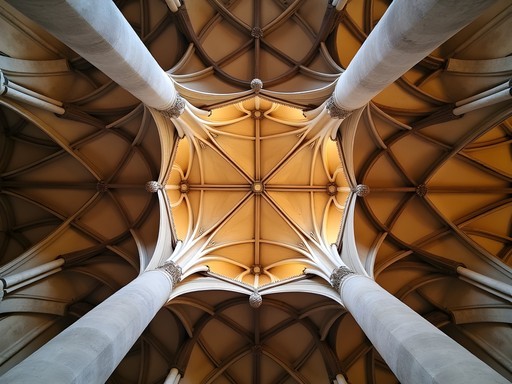

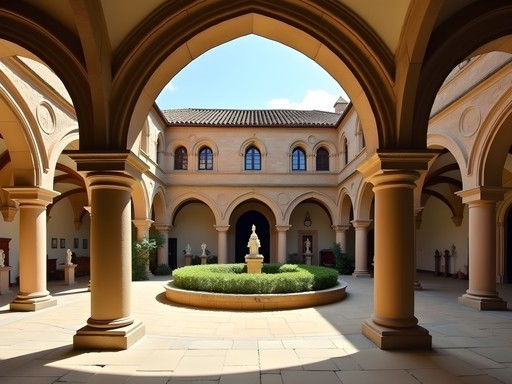
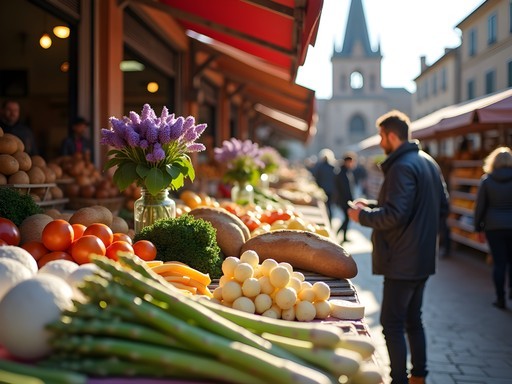


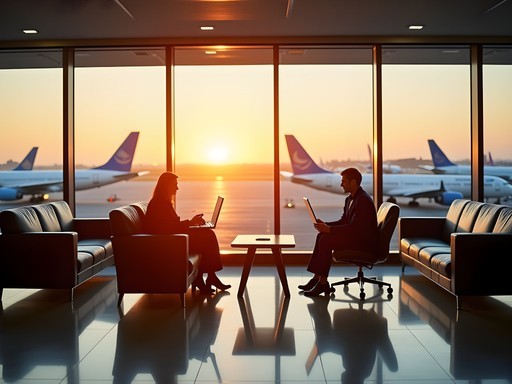
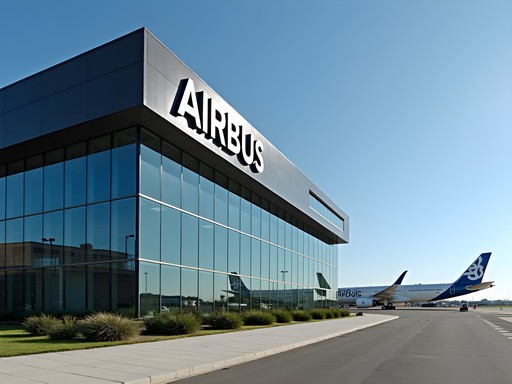






Comments
CultureVulture
Just got back from Toulouse and followed your recommendation to explore the Musée des Augustins beyond the main exhibits. That hidden sculpture garden was magical! The docent noticed me lingering and showed me medieval carvings they're currently restoring that aren't even on display yet. Also stumbled upon a tiny jazz club near Place Saint-Georges that seemed to be all locals - Le Taquin. Fantastic night! The city really does change colors throughout the day, just like you wrote. Thanks for inspiring me to look beyond the obvious spots!
wanderlustchamp
Le Taquin is on my list now! Any specific night better for jazz?
CultureVulture
Thursday nights were amazing when I was there! Super intimate vibe.
AussieTraveler
Love this post! I'm another Aussie heading to Toulouse in November. Will the pink buildings still have that glow in autumn?
FrenchFoodie45
November light is different but special - more golden hour feels. Fewer tourists too! Bring layers though, it can get chilly.
FrenchFoodie45
As a local, I'd add that the Sunday market at Saint-Aubin is where you'll find the real Toulouse vibe. Come hungry!
Douglas Bradley
Sophia, your piece on Toulouse perfectly captures what makes this city special beyond the standard tourist circuit. I spent three weeks there last autumn documenting the artistic community in Saint-Cyprien, and your insights about the hidden ateliers are spot-on. I'd add that timing is everything at Couvent des Jacobins - the 'palm tree' effect of light through the pillars is most dramatic between 2-4pm on clear days. The acoustics there are also remarkable; I happened to visit during an impromptu choir practice and it was transcendent. For anyone planning a visit, don't miss the small artisanal food shops along Rue Pargaminières - the violet-infused specialties are uniquely Toulousain. I used my pocket guide to navigate the winding streets but found the most rewarding experiences came from simply wandering.
TravelMomOf3
Thanks for the timing tip about Couvent des Jacobins! We're going with kids in September, would mornings be less crowded?
Douglas Bradley
Definitely! Mornings before 11am are much quieter. Perfect for kids who might need space to move around without the afternoon crowds.
wanderlustchamp
La Ville Rose is totally underrated! Those pink buildings in the morning light are everything 😍
Douglas Bradley
Absolutely! I've found Toulouse to be one of Western Europe's most overlooked cultural centers. The morning light Sophia describes is a photographer's dream.
wanderlustchamp
For sure! Got any tips for Saint-Cyprien? Heading there in October
beachqueen
I've been to Paris many times but never made it to Toulouse. This post convinced me to plan a side trip there on my next France visit! Does anyone know if it's worth renting a car to explore the surrounding areas or is public transport good enough?
vacationguy
We did public transport last year and it was great for getting around the city! But if you want to explore the countryside or smaller villages, a car would be better. The train to Albi is worth it though - amazing cathedral there!
wanderdiver
Just got back from Toulouse last week and wish I'd seen this post before going! We did manage to stumble upon the Couvent des Jacobins and it was definitely a highlight. That palm tree column is unbelievable in person. We also found this amazing little market near Saint-Cyprien on Sunday morning - so many local cheeses and wines to try. The pink city definitely lives up to its name!
Sophia Cole
That Sunday market is one of my favorites! Did you try the violet-flavored treats? They're a Toulouse specialty.
wanderdiver
Yes! I bought some violet candies to bring home. So unique and delicious!
Nova Rice
Sophia, your post captures the essence of Toulouse beautifully! I stayed at a boutique hotel near Place Saint-Georges last summer and fell in love with the city's rhythm. One thing I'd recommend to anyone visiting is taking a sunset cruise on the Canal du Midi - the light hitting those pink buildings from the water is absolutely magical. I also discovered a small wine bar called N°5 Wine Bar that was named world's best wine bar a few years back - they have these incredible tasting machines where you can sample rare French wines by the ounce. I used my pocket guidebook to find these spots, but your local insights go so much deeper. Can't wait to return and explore those hidden ateliers you mentioned!
escapetime
Those pink buildings are gorgeous! Added to my bucket list!
islandlife
Heading to Toulouse in March! How much time should I allow for the Musée des Augustins? And is that hidden atelier area safe to wander around solo?
Sophia Cole
The Musée des Augustins deserves at least 2-3 hours if you want to explore properly. And yes, Saint-Cyprien is absolutely safe for solo wandering - it's a vibrant neighborhood with lots of locals around. Just be aware many ateliers are only open on weekends or by appointment!
islandlife
Perfect, thank you! Going to plan for a Saturday visit then.
Venture X
Premium card with 2X miles, $300 travel credit, Priority Pass